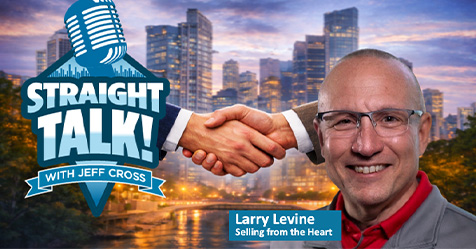6 Steps for Safe and Effective Disinfecting
When it comes to clean, looks aren’t everything.
Amidst predictions for a severe respiratory virus season, disinfecting to kill germs becomes a critical part of a cleaning regiment. As stressed by ISSA’s Rethink What Clean Means campaign, just because something looks clean doesn’t mean it is. Only disinfection can rid a surface of viruses and bacteria.
The U.S. Environmental Protection Agency (EPA) has outlined six steps to take to ensure that the areas being cleaned are also being disinfected in a safe and effective manner.
1. Use an EPA-Approved Disinfectant
To see if the disinfectant you are using is approved by EPA, look for the EPA registration number and check it against EPA’s list of approved products.
2. Read and Follow the Directions for Use
Every disinfectant is different. By reading and following a product’s instructions, the disinfectant will work better and the individual using it can stay safer. Check “use sites” and “surface types” on the directions to learn where you can use the product. Read any precautionary statements to ensure safe use of the product.
3. Pre-Clean the Surface
If the directions say to do so, or if the surface is noticeably dirty, make sure to wash the surface with soap and water before disinfecting.
4. Follow the Contact Time
“Contact time” (also referred to as “dwell time”) is the amount of time a disinfectant needs to be in contact with the surface being treated in order for the product to work properly. You’ll find the disinfectant’s contact time in the directions for use. The product should remain wet for the entire time stated to ensure that the product works as intended.
5. Wear Gloves and Wash Your Hands
While using the product, be sure to wear disposable gloves (and, if warranted per instructions, eye protection). Discard gloves after each use. Wash your hands immediately after removing the gloves.
6. Lock It Up
When through using a disinfectant, be sure to put it away in a room or cabinet that’s kept locked. Keep any lids and caps tightly closed. Keep the products out of reach of children.
While these steps might seem like old-hat practices to a seasoned cleaning professional, they are also steps that, if not followed, can translate into wasted efforts at best and a deadly disaster at worst. Learn how dangerous becoming complacent with disinfectant chemicals can be by reading Worker Develops Bronchitis After Mixing Cleaning Chemicals and Acid-Bleach Mix Resulted in Restaurant Worker Death.


